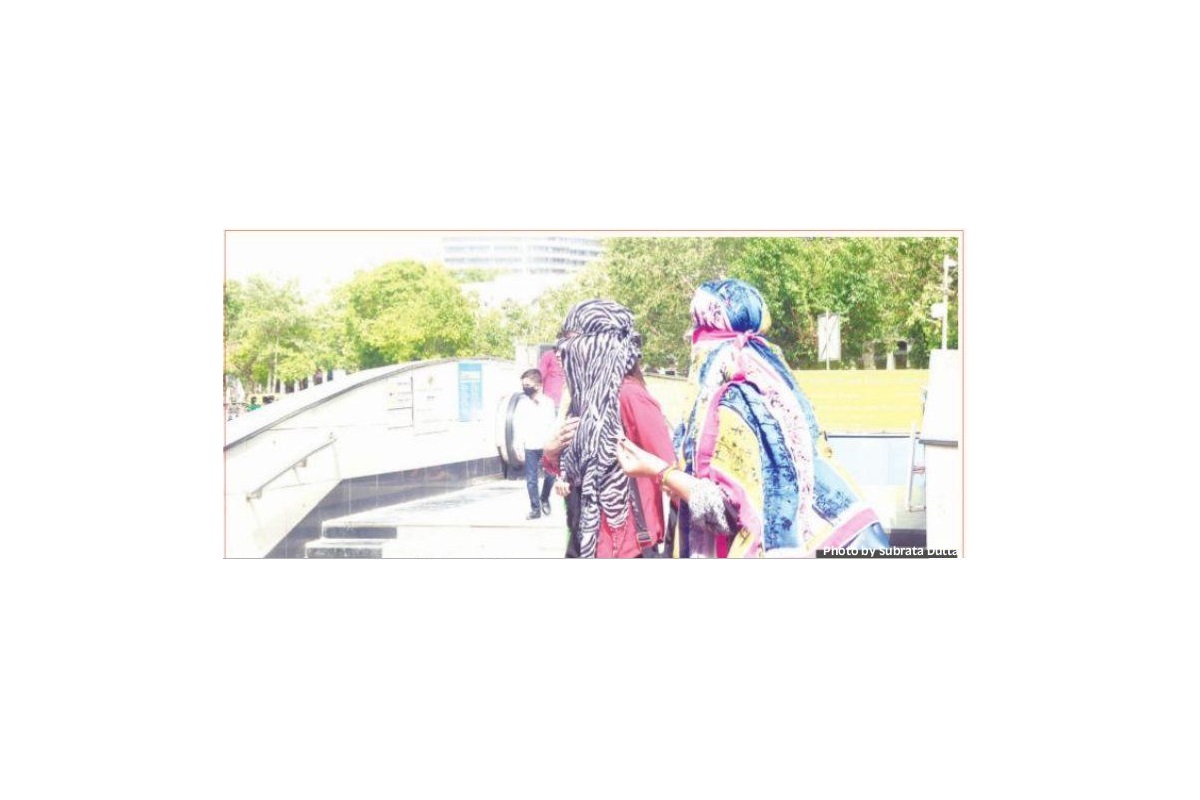Delhi is suffering one of its worst summers. It has no other choice. It can protest against price-rise. It can shout over a cut in the water supply. But it cannot do anything about the heat. If the temperatures are 43 deg. C or 45 deg. C or even 49 deg. C on Sundays or working days, they are all accepted. There is no one people can complain about. Certainly, Delhi’ites are recalling history.
They are checking on dates when they had it so bad, last. Met Department reports are read carefully. It has become common to share how people lived through their summers in the Sixties, or later. People are particularly remembering times when there were no air conditioners, and fridges were rare.
Advertisement
There is a tendency to recall the experiences in all their hues – the good, the bad, and the ugly. Summers were good because one could make a quick trip to Shimla or Nainital.
Even a short holiday in Kashmir or other hills was enjoyable. Summers were bad if one couldn’t afford to travel out of town or failed to get any confirmed bookings. It was no small horror if one learnt there was no ice available in the local markets.
A worse event could be the suspension of ice factories’ licenses to save water for public use! The ugliest thing to happen in summers was power cuts, accompanied by suspension of water supply for “routine repairs.” Even in most posh colonies, men and women had to walk down to municipal water tankers to fill up a few buckets of water.
Otherwise, one could not take a bath, or wash clothes, people recall. Children chased the water tankers till they stopped at any place. Surprisingly, the present times, too, are considered difficult.
It is a different matter there is no dearth of means to fight the tyrannies of summer now. Not just homes; buses, Metro, and cabs are all air-conditioned. Malls are absolutely cool and offices comfortable. Still, the 40-plus degree Centigrade temperature gives a shiver to most people today.
Delhi’ites went through the oppressive summers when there was no Buddha Jayanti Park, Nehru Park, or the Central Park in Connaught Place. Today, there are parks or green strips of land in most colonies, where one can go for a morning walk or do yoga. In the Fifties and the Sixties, all tips to avoid a sun-stroke came from grandparents.
Today, there are constant advisories in the media, based on studies by the National Disaster Management Authority (NDMA). One is often worried about heat waves these days.
They have been too frequent this year and started in March itself. Going by the official position, this was not unusual. The NDMA says the heat waves occur between March and June, and in some rare cases even extend till July.
The Met Department criteria are that a heat wave need not be considered till the maximum temperature reaches at least 40 deg. C for plains and at least 30 deg. C for hilly regions. If the normal temperature for a location is 40 deg. C, and it is exceeded by 5 to 6 deg. C, it will be a heat wave condition.
Seven deg. C higher temperature will make it a severe heat wave. It’s known now that intense heat waves are becoming frequent because of global climate change. They are causing dehydration, heat cramps, exhaustion or heat stroke. Heat exhaustion leads to fatigue, weakness, dizziness, headache, nausea, vomiting, muscle cramps, and sweating. Traditionally, people faced the heat wave days by covering their heads with a wet towel.
Aam Panna sherbets made of boiled raw mangoes’ pulp is a favourite even today. Compared to natural landscapes, urban areas are experiencing higher temperatures than outlying areas because of the “heat island” effect. Concrete buildings, roads, and other infrastructure absorb the sun’s heat and multiply its effect by re-emitting it. Roof contributes up to 70 percent of the heat gain of a building during high temperatures.
“Laurie Baker” homes are a dream today. But there are techniques available to keep homes cool. Solar radiation, striking a surface, is either reflected, absorbed, or transmitted. Alternative roof cooling solutions are available in an NDMA guidebook on minimising heat island effects. Hot summer gives a reason to search for it!











